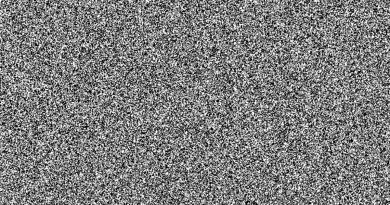If the sound of people chewing bothers you, you should blame your brain
Some people get really angry when they hear people chewing, slurping, tapping, or humming. Scientists have found out why this is the case and how the brain is wired to make this happen.
It’s called misophonia, and it’s the name for the crazy feelings that some of us get when we hear certain repetitive sounds coming from other people. People with this condition get annoyed or even angry when they hear a keyboard click, a chip bag rustle, or someone smack their lips.
Even though it’s been known as a condition since 2000, not much has been learned about what causes it or how common it is. The Diagnostic and Statistical Manual of Mental Disorders (DSM-5) doesn’t have any official criteria for it, so people who have it often have trouble being taken seriously.
But a study published in 2014 in the Journal of Clinical Psychology said that it could affect up to 20% of the population, and a study published in 2015 in Australasian Psychiatry said that it was linked to OCD and anxiety and could be considered a disorder on its own.
In 2017, researchers from Newcastle University in the UK led a group that found changes in the frontal lobe of the brain. These changes could explain why people with misophonia get upset when they hear certain sounds.
Twenty people who said they had the condition listened to neutral, repetitive sounds like a kettle boiling, annoying sounds like a baby crying, and “triggering” sounds like loud chewing or breathing.
Their neurological and physical responses were compared to those of 22 volunteers who didn’t think they had misophonia.
Neither group did much in response to the quiet or loud sounds. When it came to the “triggering” sounds, though, those in the test group had much faster heart rates and more electrically active skin.
Brain scans also showed that the subjects’ nerve cells were very different. Some parts of the brain, like the frontal lobe and the anterior insular cortex, were more active in people with misophonia when they heard the sounds that set them off (AIC).
The AIC is deep in the fold of the brain that separates the frontal and parietal lobes from the temporal lobes. It is in charge of a lot of tasks related to mediation, such as managing emotional experience. It also helps combine information from inside the body with signals from the outside world.
Even though people without misophonia also had a response in the AIC to the trigger sounds, there was no noticeable increase in activity in areas like the frontal lobe. This shows that the two parts of the brain are better able to work together.
People with misophonia had more activity in the AIC, frontal lobe, ventromedial prefrontal cortex (vmPFC), hippocampus, and amygdala. When the structure of the vmPFC was measured, it showed that they had thicker myelin sheaths, which help nerves send messages.
When looked at as a whole, the evidence shows that people with misophonia have brains that have trouble controlling how messages associated with certain sounds spread.
We all get a little annoyed sometimes, but if you have misophonia, an annoying sound makes you angry because it goes to different parts of the brain that are linked to the “fight or flight” response.
Team leader Sukhbinder Kumar said this about their 2017 discovery: “This will be good news for many people with misophonia because it’s the first time we’ve shown a difference in how the brains of people with misophonia look and work.”
Those with misophonia will be sad to hear that the discovery doesn’t come with a quick fix. It might, however, help the rest of us understand and think about chewing with our mouths closed.



